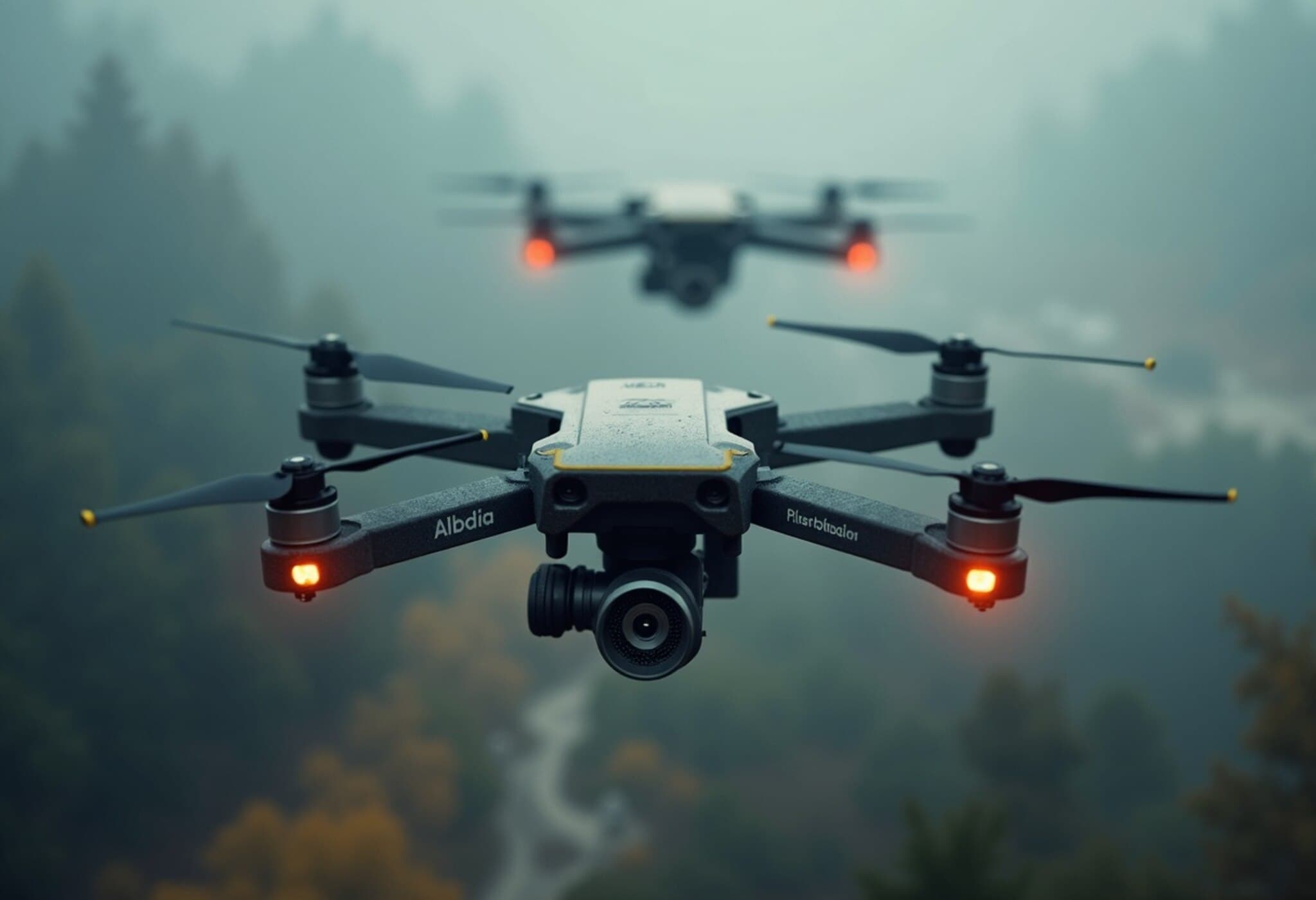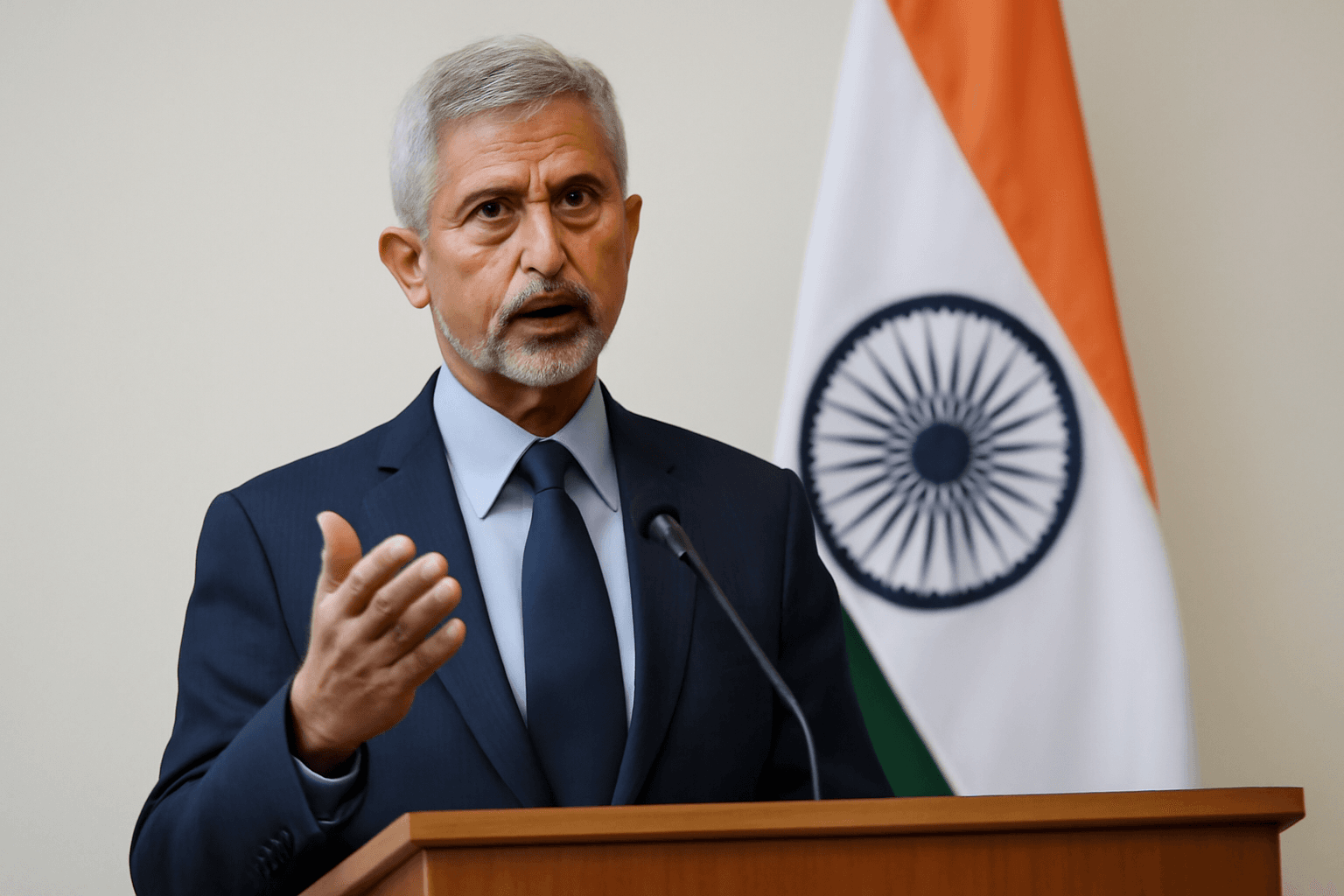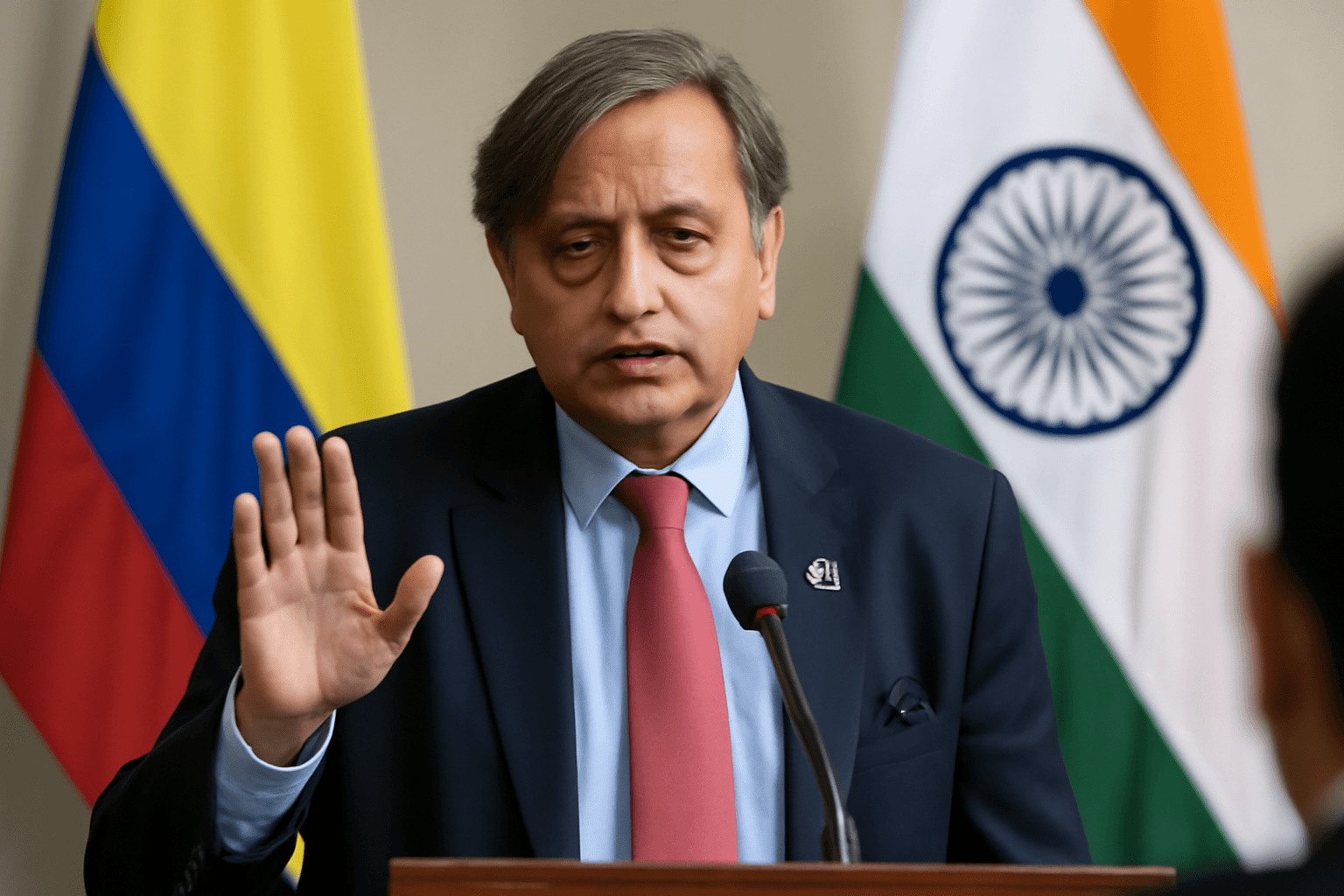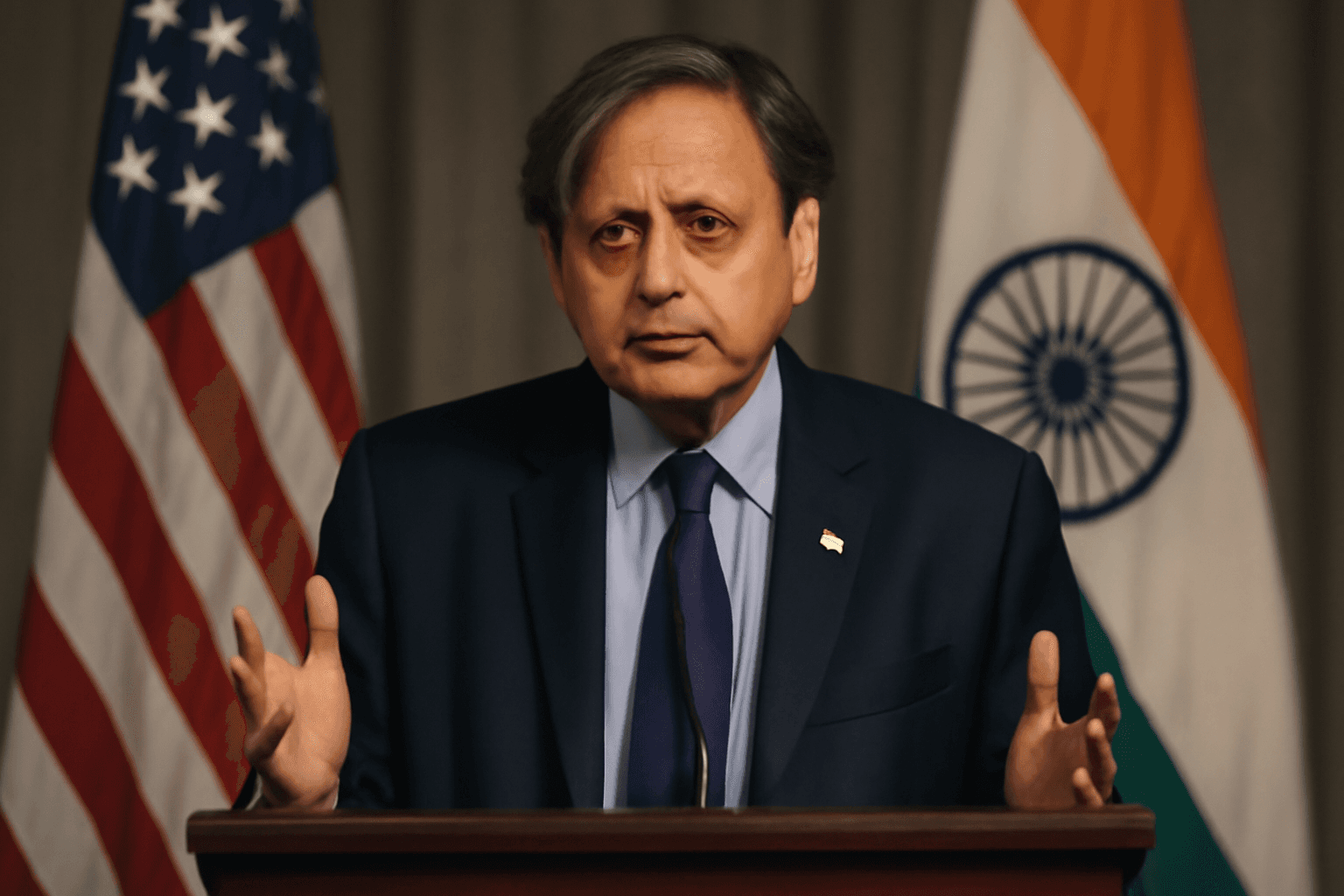AI-Driven Drones: Revolutionizing the Modern Battlefield
In just a handful of months, military strategy has undergone a seismic shift, driven by the rapid integration of AI-powered autonomous drones in combat operations around the globe. From India’s Operation Sindoor to Ukraine’s groundbreaking Operation Spider Web, the application of drone technology has dramatically redefined what modern warfare looks like — balancing innovation with new security challenges.
Expert Perspective: Sai Pattabiram on the Drone Revolution
We sat down with Sai Pattabiram, Founder and CEO of Zuppa, a Chennai-based drone manufacturer supplying the Indian Army, to unpack the technological and strategic significance of drones today. According to Pattabiram, what makes drones so pivotal in defense is their autonomy, driven by an embedded electronic motherboard known as the autopilot. This ‘Cyber Physical Stack’ integrates hardware and software to enable remote, AI-infused operations that are rapidly evolving, with iterative innovation cycles now as short as 8 to 10 weeks.
From Everyday Delivery to Lethal Payloads: The Dual-Use Dilemma
Drones once confined to benign roles such as package delivery have seen a drastic transformation, now capable of carrying explosives or executing kamikaze-style attacks. Pattabiram highlights this dual-use nature of drone technology as both an opportunity and a threat:
- Civilian uses: Agriculture (pesticide spraying), commercial deliveries.
- Military uses: Precision material deployments and strikes.
- Terrorist uses: Improvised explosive devices and suicide drone attacks.
This blurred boundary calls for urgent attention from global security agencies, especially as the technology is widely accessible and easily customized.
Ukraine’s Operation Spider Web: A Game-Changer
A striking example of drone warfare’s evolution unfolded on June 1, 2025, when Ukraine launched a persistent drone assault on Russian military infrastructure situated hundreds of kilometers from frontlines. The operation, supported by satellite internet services like Elon Musk’s Starlink, marked a strategic milestone in utilizing remote, autonomous drones deep inside enemy territory.
According to Pattabiram, this operation not only inflicted significant asymmetric damage but has also reshaped how countries perceive vulnerabilities within their own borders. The shockwaves were felt far beyond the battlefield, prompting calls for enhanced counter-drone strategy worldwide, including India, where similar drone incursions have been recorded.
The Unseen Dangers: Open Source Vulnerabilities and Security Risks
While innovation flourishes, easy access to open-source drone codes presents an alarming risk. Pattabiram recalls incidents such as the August 2024 hijack of an Indian drone by adversarial forces, highlighting how drones’ software layers can be hacked — exposing profound vulnerabilities.
He advocates for stringent regulation inspired by telecom sector frameworks, suggesting mandatory SIM cards with IMEI registrations for drones to enable tracking and accountability. Moreover, restricting autopilot imports to licensed entities could close off avenues for misuse.
Regulatory Landscape and the Path Forward
Current civilian drone regulations lack the robustness needed for security in a world where drones serve overlapping military and civilian roles. Pattabiram underscores that digital skies must be rendered traceable, akin to how mobile devices are tracked and regulated. Applying these learnings could prevent unauthorized drone usage and mitigate threats effectively.
First Drone War in South Asia: Lessons from Operation Sindoor
India’s Operation Sindoor marked a historic shift towards remote warfare along the India-Pakistan border, featuring drone-based strikes without physical territorial incursions. This campaign demonstrated the rise of low-intensity, long-drawn asymmetric conflicts increasingly prevalent worldwide, from Ukraine to the Middle East.
Pattabiram stresses the imperative to develop advanced drone detection and neutralization systems to safeguard national borders against drone penetration used for smuggling or militant operations.
The AI Integration Imperative
Manual drone operation is no longer practical due to the steep skill required, particularly for complex FPV (First-Person View) drones used in combat. The future lies in self-autonomous AI-driven drones, integrating machine learning to enable scaled deployment across varied terrains and mission types.
Emerging technologies like LiDAR-based navigation systems promise enhanced performance in low-visibility conditions, underscoring the trajectory towards smarter, more resilient drone fleets.
Covert Drone Bases: New Age Sleeper Cells?
Recent Israeli operations in Iran revealed the deployment of hidden drone stations inside enemy territories, a concept Pattabiram equates to digital sleeper cells. These setups blend traditional counterterrorism considerations with drone warfare, complicating defense mechanisms and intelligence operations globally.
Are Drones the New Tanks?
Drones are challenging conventional military doctrines by offering high-impact warfare at a fraction of traditional costs. Pattabiram points out the cost asymmetry where a $2,000 drone can bring down multi-million-dollar tanks or bombers. This democratization of offensive capability introduces new strategic paradigms, where large swarms of low-cost drones could saturate defenses more effectively and economically than traditional armored units.
Drones as Strategic Tools: Irritants or Deterrents?
While nuclear weapons remain the ultimate deterrent due to their catastrophic potential, drones exert influence through persistent, psychological ‘thousand cuts’—disrupting operations and morale rather than delivering one decisive blow. Pattabiram delineates this distinction, emphasizing drones’ rising role as tools of constant pressure rather than outright strategic deterrence.
Conclusion: Navigating the Complex Drone Future
As drones weave themselves into the fabric of modern conflict, from clandestine strikes to border security, the world faces a dual challenge: harnessing their potential while containing their risks. Robust regulatory frameworks, AI-led advancements, and international cooperation will be pivotal in shaping a safer, more balanced drone-enabled battlefield.
AI-driven drone technology has irrevocably transformed warfare, revealing both tactical opportunities and grave security challenges. Key questions remain—how to regulate swiftly evolving drone capabilities effectively, and how can global defense establishments adapt to a world where drones are as ubiquitous as soldiers? As drone-powered operations become commonplace, continuous dialogue between policymakers, technologists, and security experts is essential to balance innovation with safety.



















